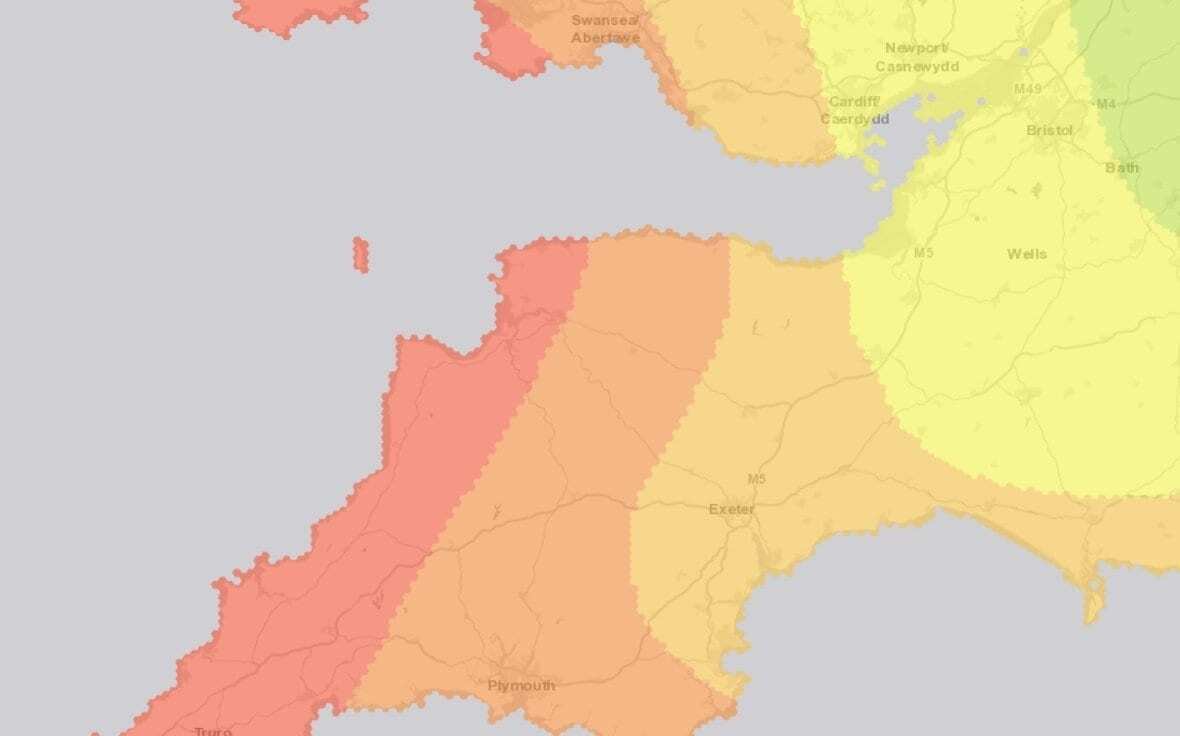The British Geological Survey has just released a new interactive web tool that maps out the geographical variation in the isotope signatures of Britain.
This map, which includes strontium, oxygen and sulphur data, enables the determination of the provenance of food and drink or archaeological remains.
The fruit and vegetables we eat contain signatures or patterns depending on the type of ground in which they were grown. Britain has a very diverse but well-understood range of rock types, all with particular signatures, and so it is possible to match the composition of food to the geology on which it would have grown. This exciting method of analysing food can help us understand more about the provenance of the food on our plate or the grapes in our wine.
These signatures can also be passed on to humans when they eat the food, and are preserved in teeth as we grow from child to adult. By applying the same theory to archaeological remains, scientists can analyse the signatures in our ancestors’ teeth to begin to understand where they may have lived. For instance, the analysis may result in identifying that someone spent their childhood eating food from the eastern, coastal regions of Britain, or from granite highlands.
The Biosphere Isotopes Domains Map (GBV1), which is available via an interactive website, presents layers of information including strontium (Sr), oxygen (O) and sulphur (S) isotope compositions. These data can be viewed as an individual map layer, or together to determine the provenance of your fruit and veg. Using the different layers on the map it is possible to define a number of factors that characterise a geographical location. For example, it is possible to identify sparkling white wine that comes from grapes grown on the Chalk Downs near the sea.
Another major use for the website is in archaeology.
Elements ingested during childhood often have their ‘fingerprint’ preserved in the teeth of our ancestors. Following analysis of the teeth, users can input their data and the website will produce a map (that can be downloaded) showing the areas in Britain that best match the measurement.
This could narrow down the geographical location much in the same way that the game ‘Guess Who’ identifies your opponent’s character. – Access Map
Header Image – British Geological Survey





